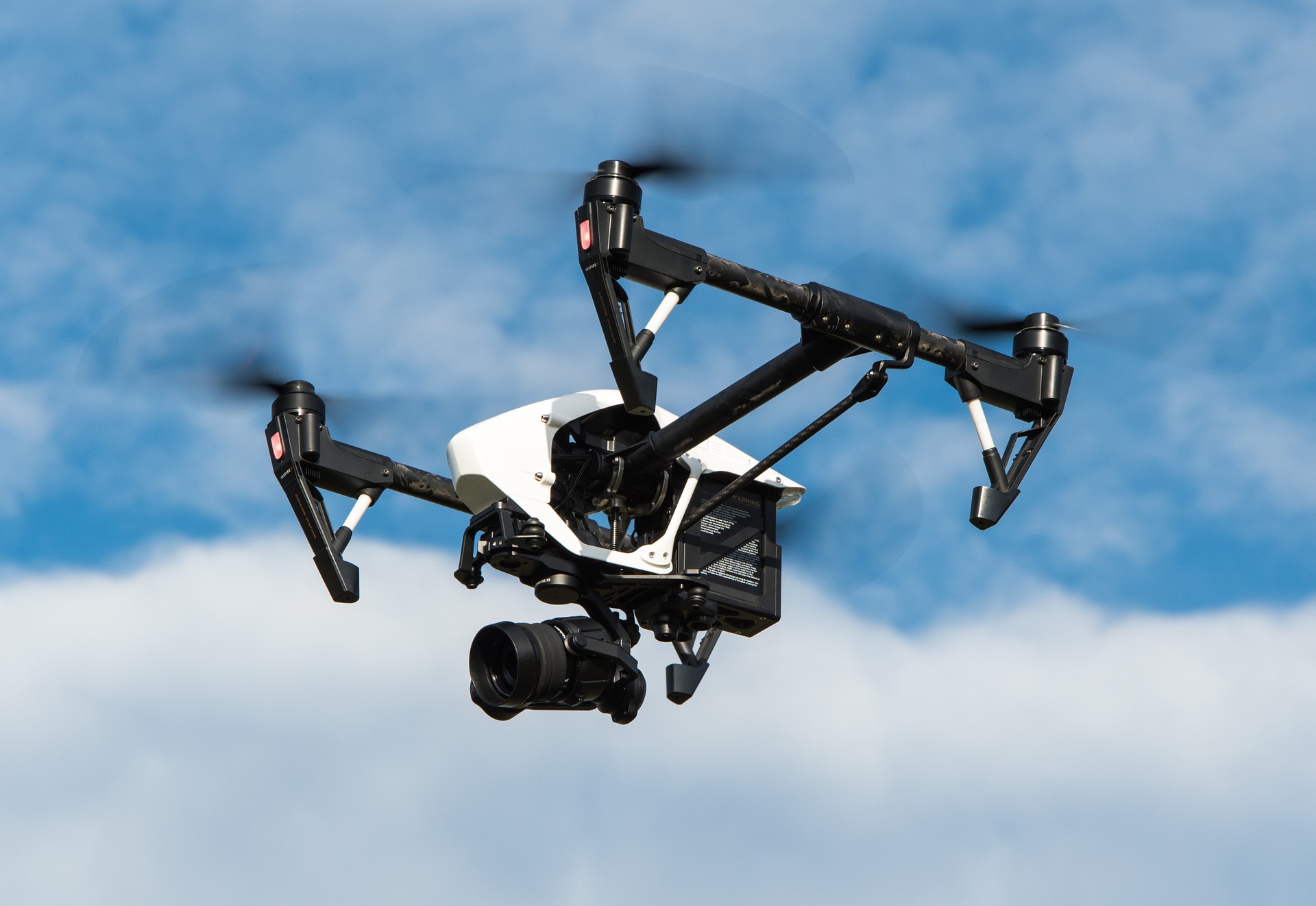Benefits of Drone-Based Asset Inspections
This is a new angle of drone-based inspections that help industries improve efficiency and data acquisition quality. This also increases the level of safety and delivery speed. A recent 2018 technology highlights how most companies are aware of the possible benefits associated with small uncrewed aerial vehicles. This is how one improves the inspection of assets.
Challenges Faced by Traditional Asset Inspections
There are many challenges faced by traditional asset inspection methods. Most of which are well informed of the high costs and risks associated with conducting traditional inspections. With such knowledge, organizations will look at several ways of improving their methods without looking at drone alternatives.
As of now, there are many industries using drones to carry out inspections of several assets. This covers aerial photography, deliveries, surveying, and others. Others have just begun while the rest are yet to arrive at any decision. Companies using drones are known for the quick and reliable inspection data quality. Those reliant on traditional methods will find it more difficult.
 Scope
Scope
Naturally, the scope of use will depend on the given company. For instance, the real estate, building, insurance, energy, and other industries rely on the drones for a wide range of inspections. Several benefits are associated with the use of drones. A good example would be asset inspections, which are costly, time-consuming and risk-prone. Better yet, it replaces the use of old methods that will give inaccurate results attributed to human error.
The Contrast Between Drone Inspections and Traditional Methods
Drone development over the past few years seems to be changing. This has enhanced the inspection process making it inexpensive, safer and less time-consuming. Among the benefits of UAV are:
1. Minimize Obvious Health Risks and Accompanying Dangers
Drones allow safe and easy inspections, especially the tall complex structures. Good examples are pipelines, gas refineries, and flare stacks. This eliminates the need for regular workers to physically access hostile environments such as waves, wind, radiation-prone, and height. Drones can easily reach such inaccessible areas without the need for a human being getting exposed to harm.
2. Collection of High-detail in-depth Data
Advanced UAVs have obstacle avoidance sensors that help them navigate close structures. This allows them the opportunity to capture fine details.
3. Rapid Deployment
Licensed FAA pilots can launch drone inspections within a short period on request. It only takes a handful of minutes to carry out drone-based inspections. UAVs can fly during regular and emergency scenarios.
4. Flexibility of Inspections
Drones can deliver in both high and low altitude inspections. They also arrive in various shapes and sizes that suit your inspection needs. They help rooftop inspectors and building developers with vital data. Also, they can transmit data, take photos, capture videos and much more.
5. Save Time and Money
Rather than having to erect a ladder, aerial lift, access tower, and a lot more, a drone greatly reduces your troubles. Since you do not have to hire heavy equipment, you end up saving a lot on costs. With a drone, you can complete a fairly wide geographical area inspection within a day.


 Scope
Scope



0